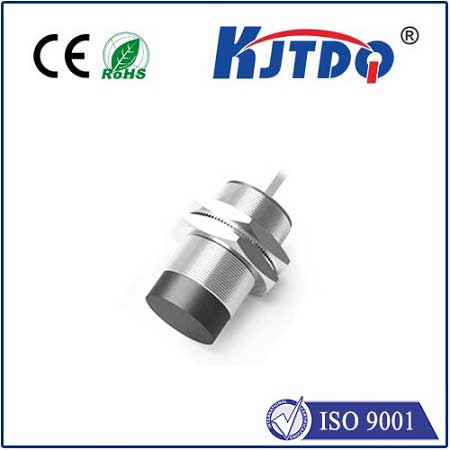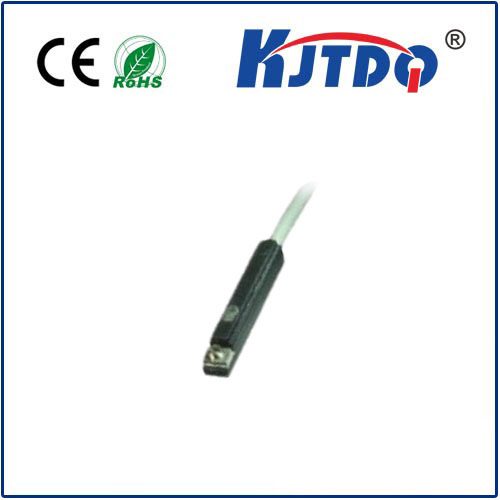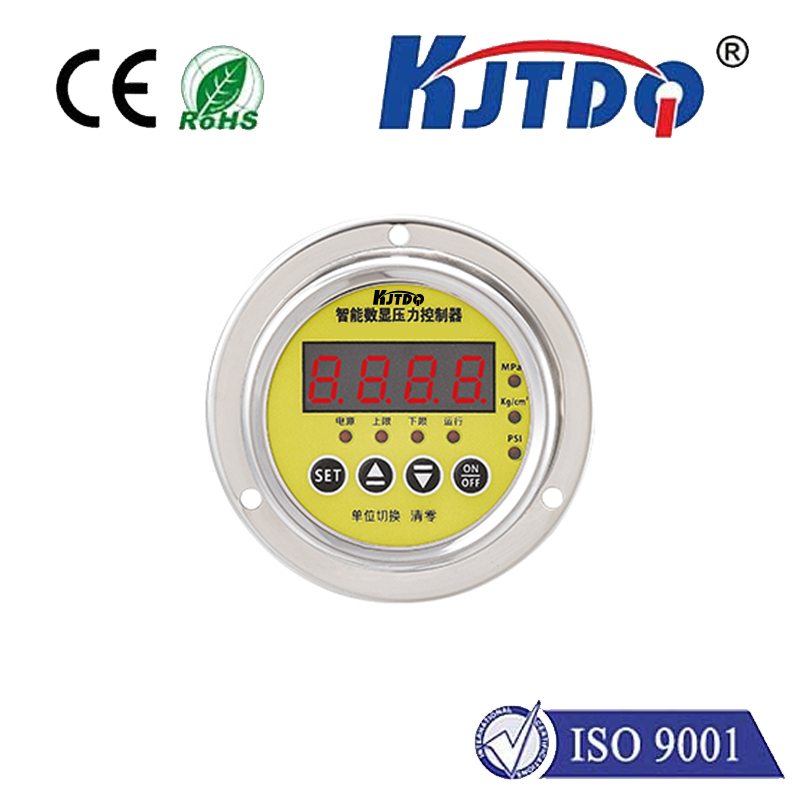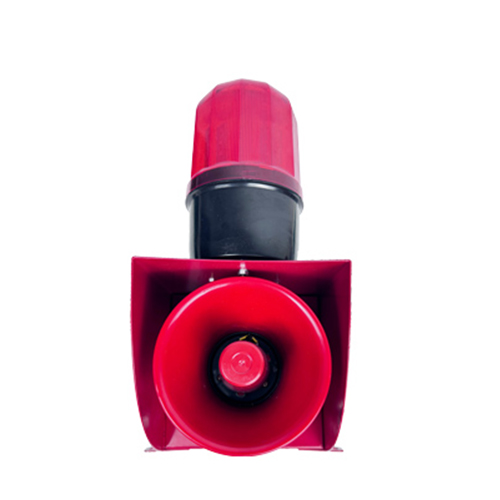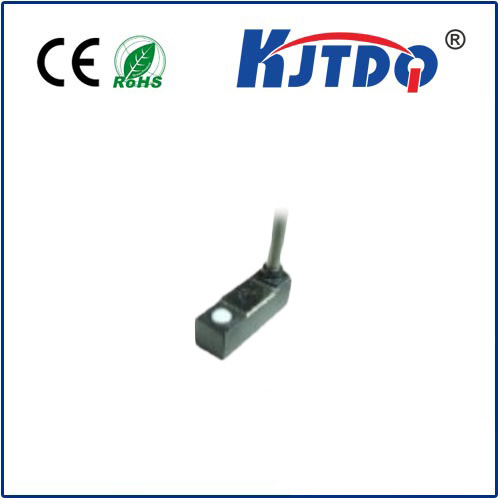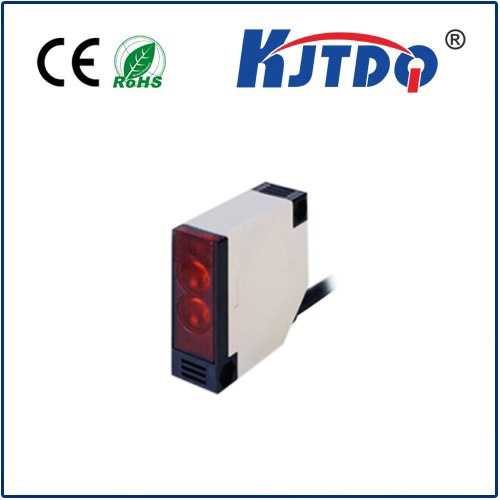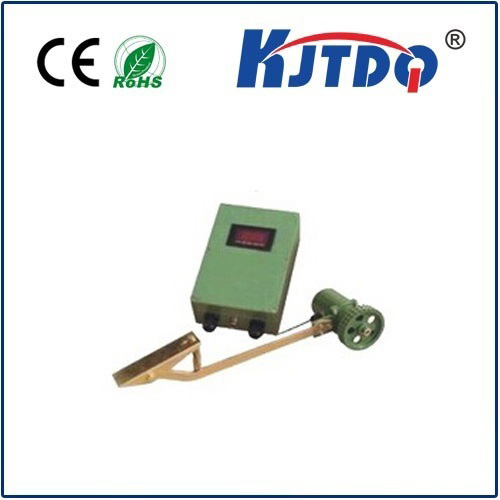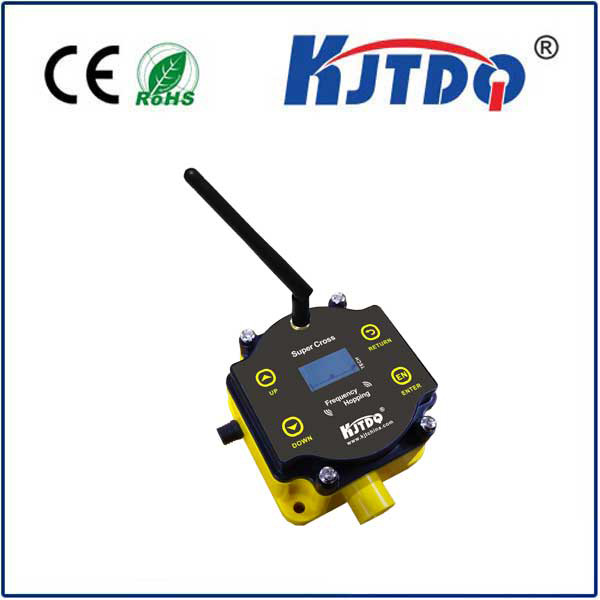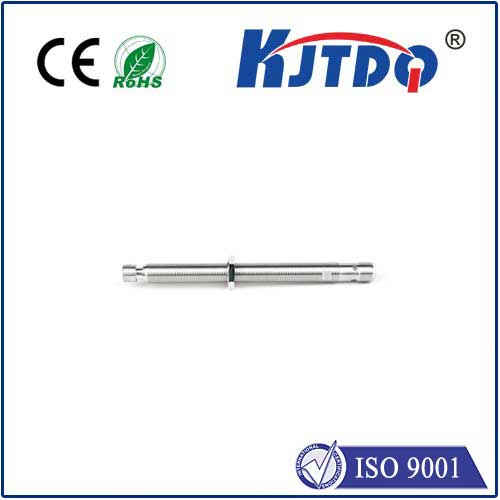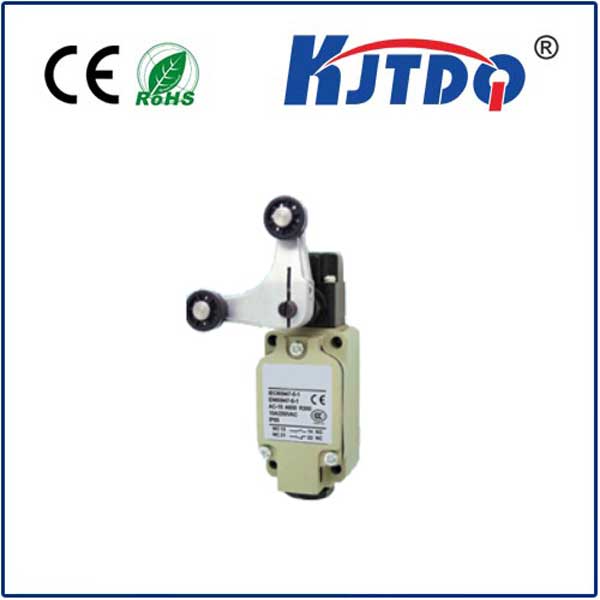

check

check

check

check

check

check

check

check

check

check
Title: Understanding the Importance of Scissor Lift Limit Switches
The scissor lift, a type of lifting equipment, plays a vital role in industrial and construction sectors. These lifts are designed to transport people or goods between different levels safely and efficiently. However, like any piece of machinery, it is crucial to ensure its safe operation. This is where the limit switch comes into play – a small but critical component that enhances safety and reliability. In this article, we will delve into the importance of the scissor lift limit switch and how it contributes to the overall functionality of the equipment.
Firstly, let's clarify what a limit switch is. A limit switch is an electronic device used to detect the position of a mechanism or to measure its movement. When integrated into a scissor lift, it serves as a safety feature that monitors the maximum and minimum height limits of the platform. If the lift approaches either limit, the switch sends a signal to stop further motion, preventing potential accidents such as overtravel or collision with surrounding structures.
The function of a scissor lift limit switch is straightforward yet essential. It ensures that operators cannot command the lift beyond its intended travel range. For instance, if an operator mistakenly tries to raise the lift above its maximum height, the limit switch will engage, cutting power to the lift's motor and halting any further ascension. Similarly, it prevents the lift from descending below its lowest point, safeguarding against damage to the equipment or injury to personnel working beneath it.
Moreover, these limit switches are not just beneficial for emergency stops; they also help maintain consistent operational performance. By setting precise boundaries for the lift’s travel path, limit switches can reduce wear and tear on mechanical components by avoiding excessive strain during operation. This prolongs the lifespan of the scissor lift and reduces maintenance costs in the long run.
In addition to their primary role in safety and maintenance, scissor lift limit switches offer convenience for users. With clear predefined limits set by the switches, operators can work more efficiently, knowing exactly how high or low the lift can safely go without constant supervision. This allows for more streamlined workflows and enhanced productivity within industrial environments.
It is also worth mentioning that proper installation and regular testing of the limit switches are paramount. Faulty installation or worn-out components can render the switches ineffective, thereby negating their protective benefits. Regular inspections and timely replacements should be part of the standard operating procedure for any facility using scissor lifts to ensure continuous safety compliance.
To conclude, while the scissor lift limit switch might appear as a minor component compared to the larger structure of the scissor lift, its role in ensuring safety, maintaining efficiency, and extending the life of the equipment is immeasurable. As an integral safety feature, it underscores why attention to detail is crucial when dealing with machinery that supports heavy-duty tasks and human operators. Employers and operators alike must recognize the significance of these switches and prioritize their maintenance as part of a broader commitment to workplace safety and efficiency.
